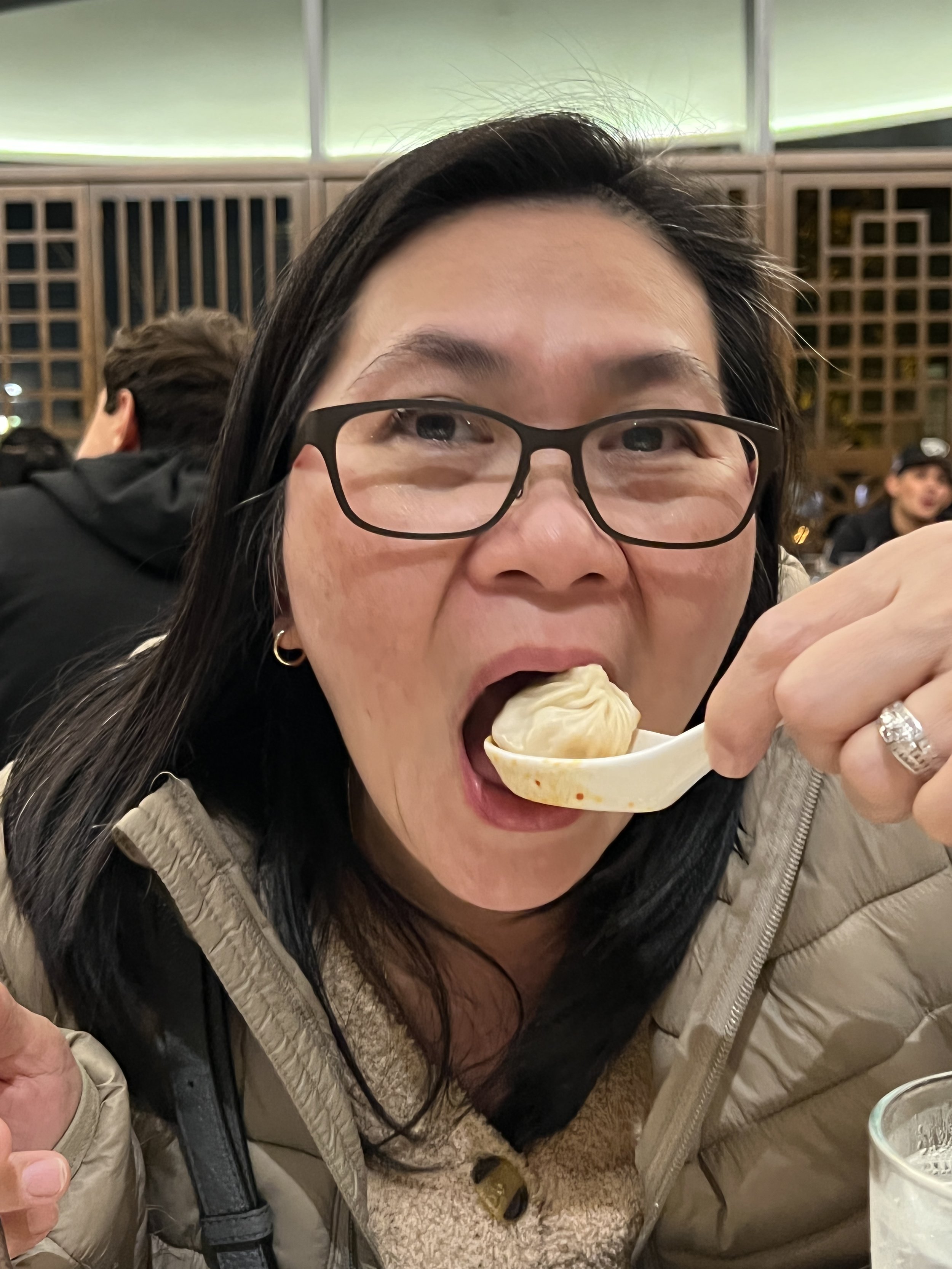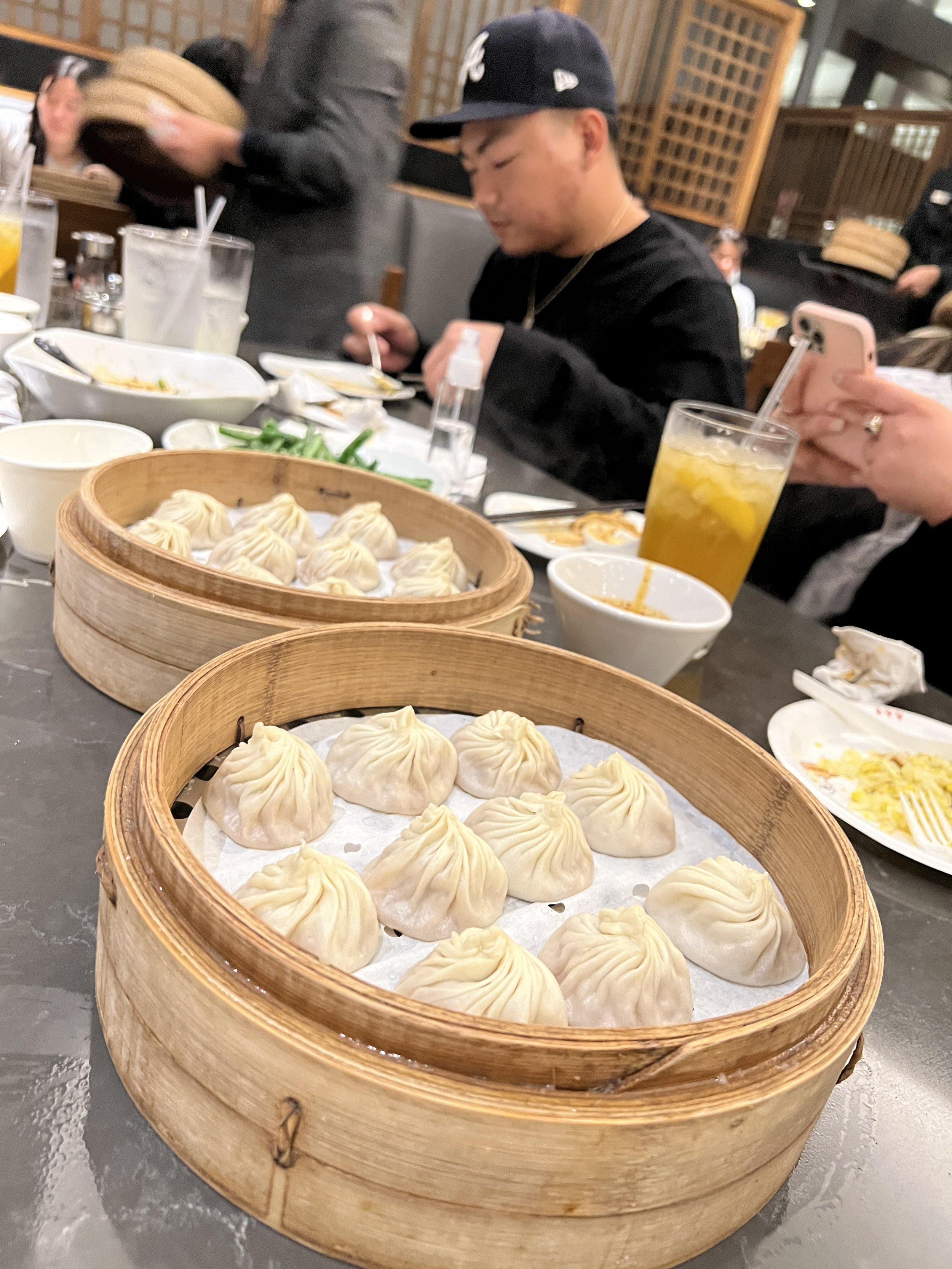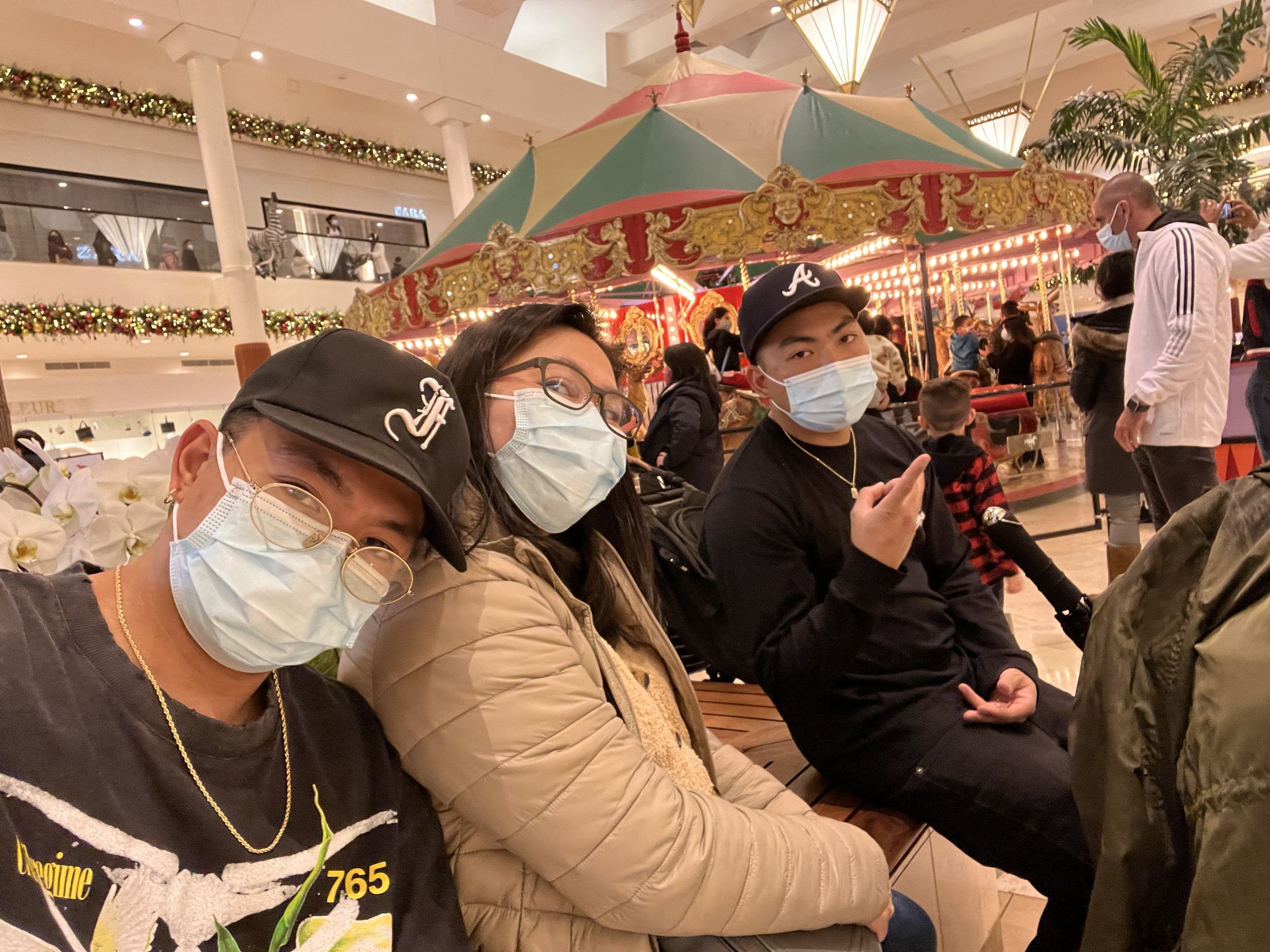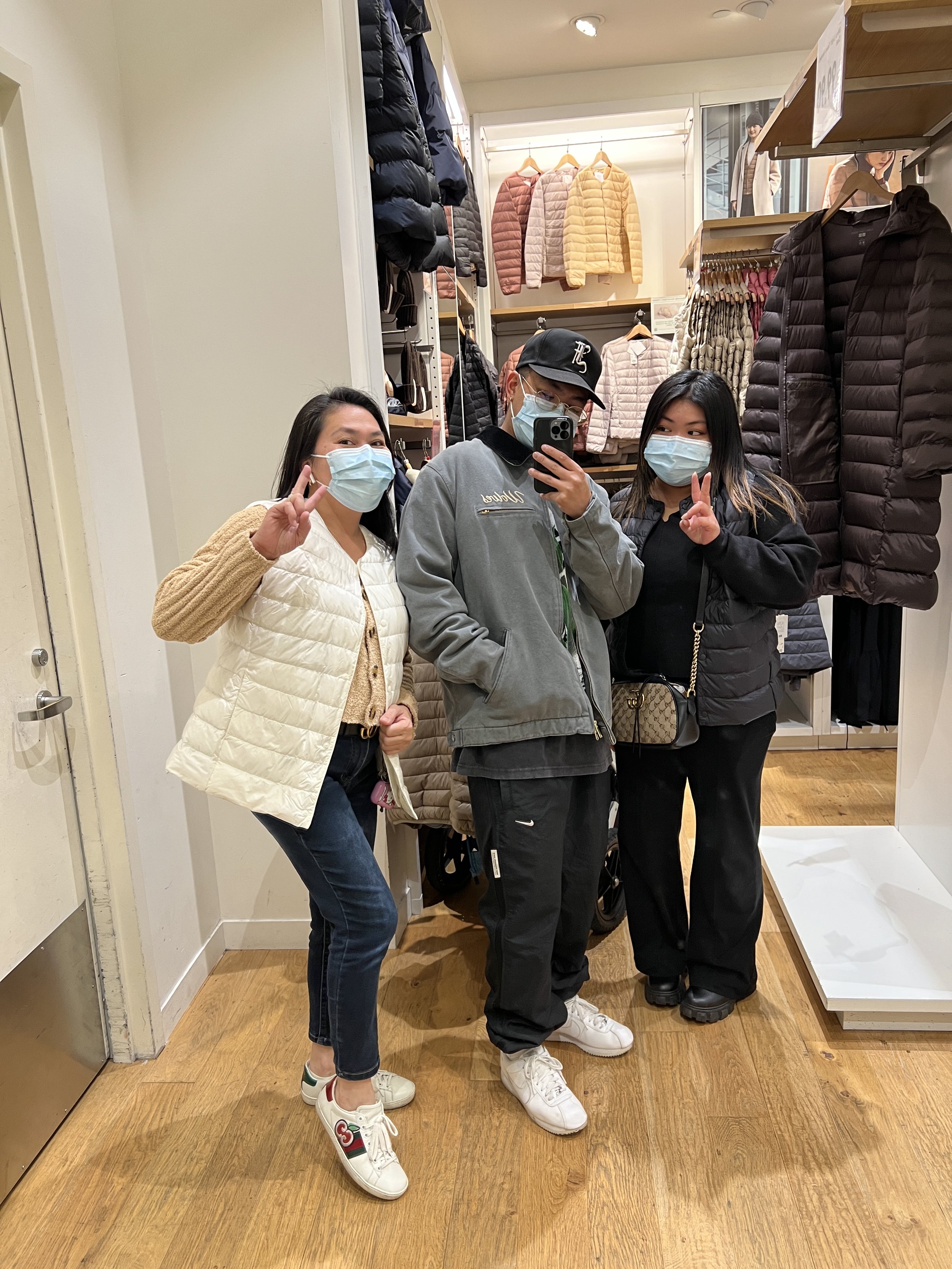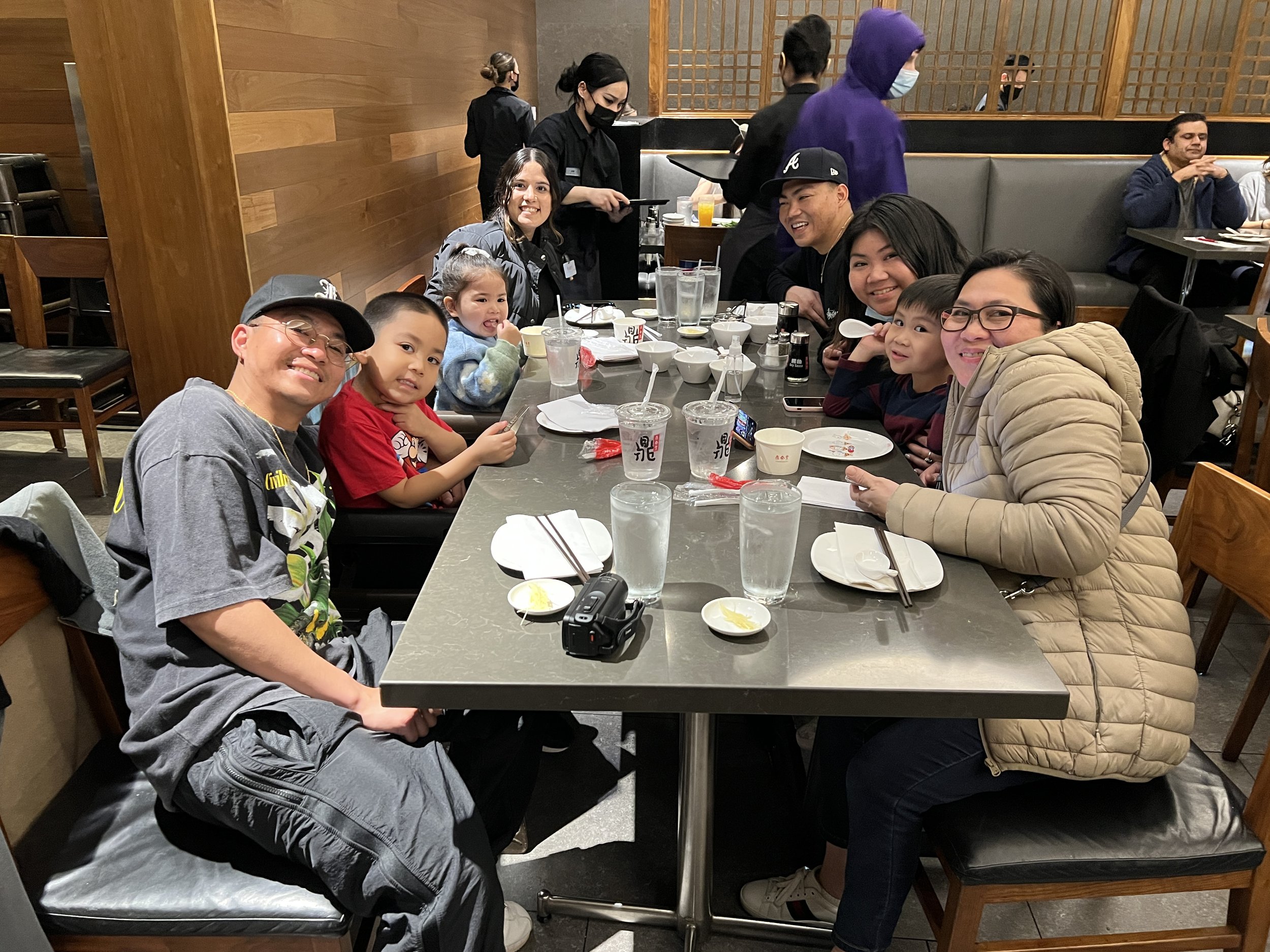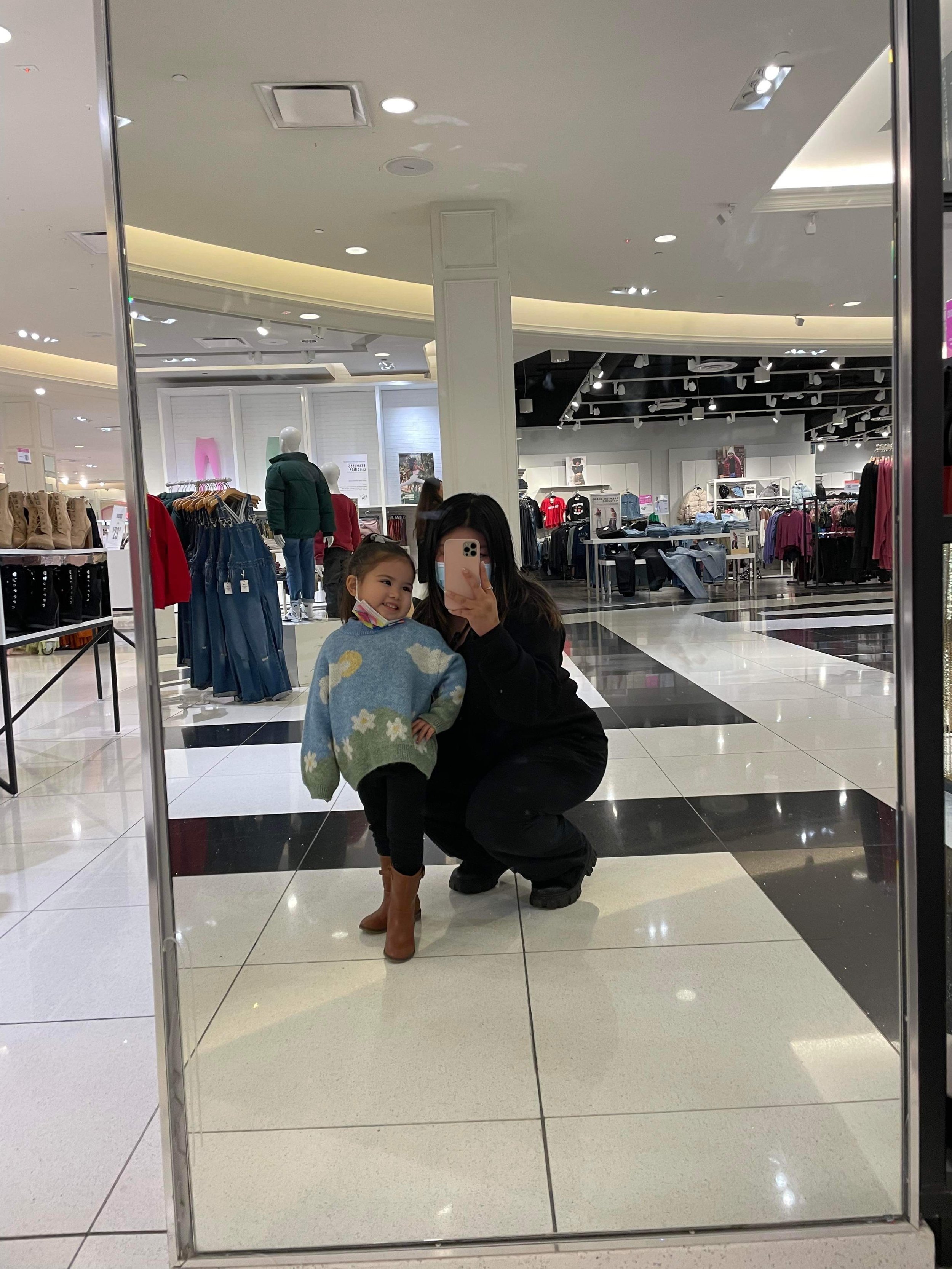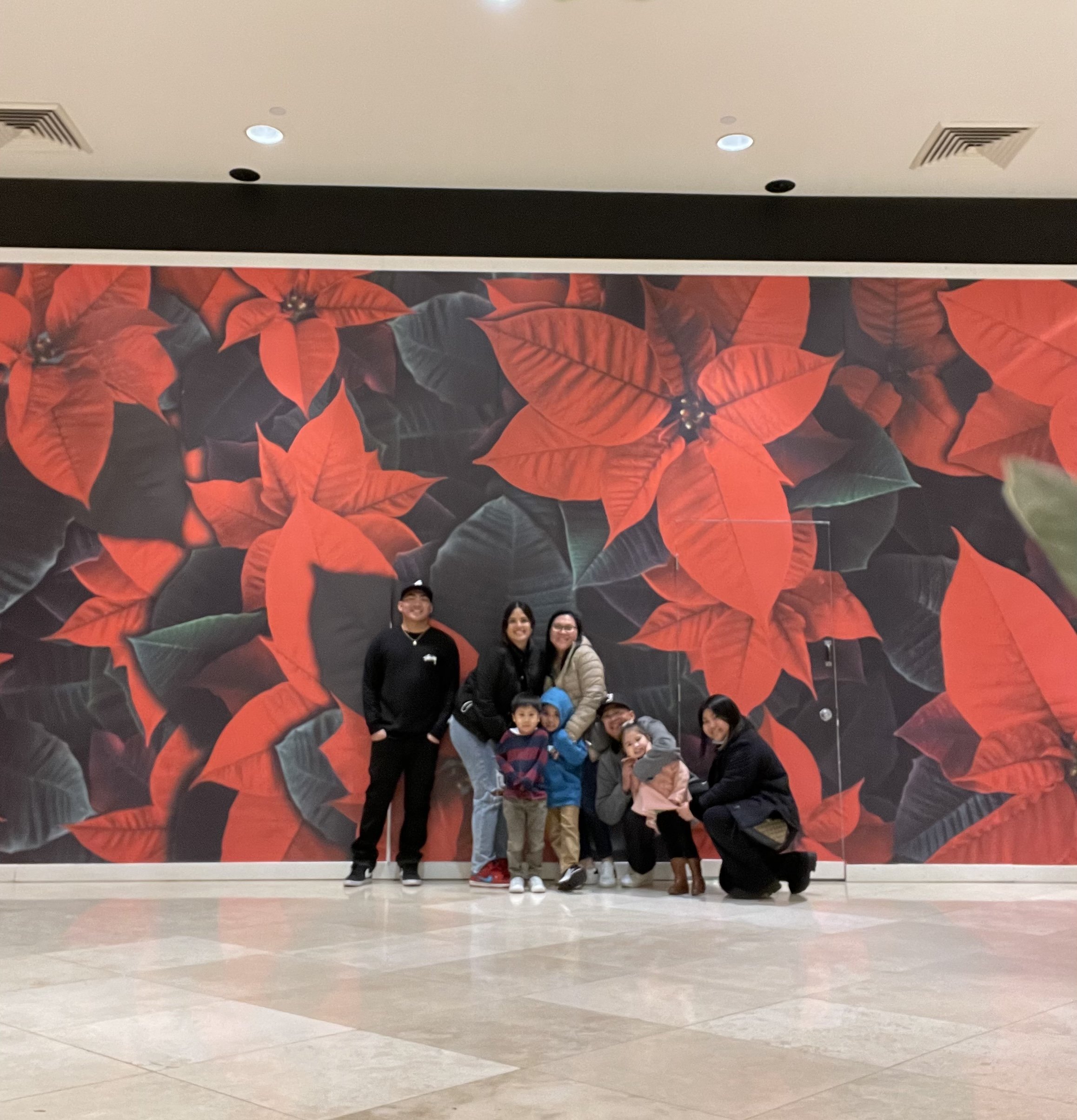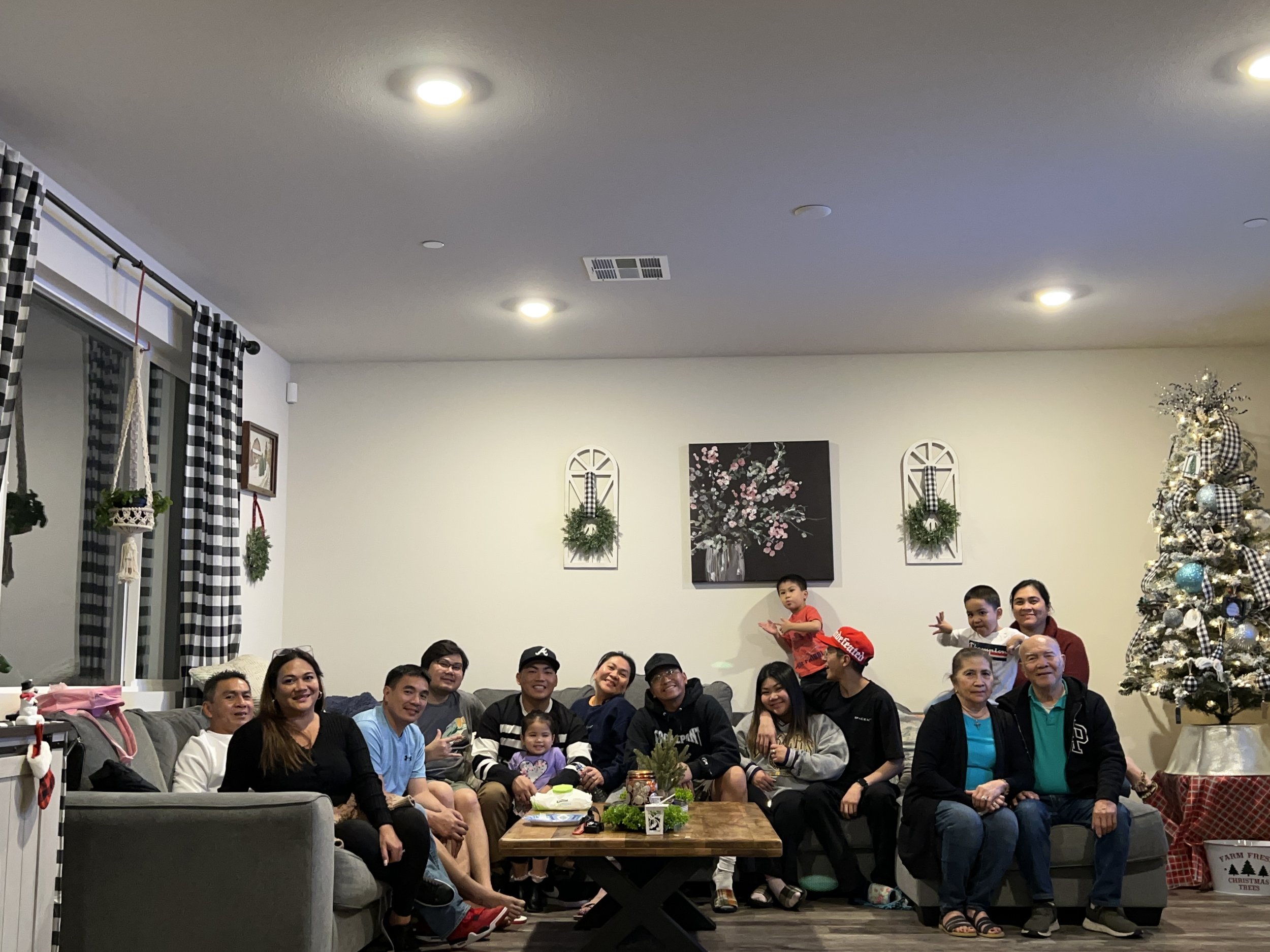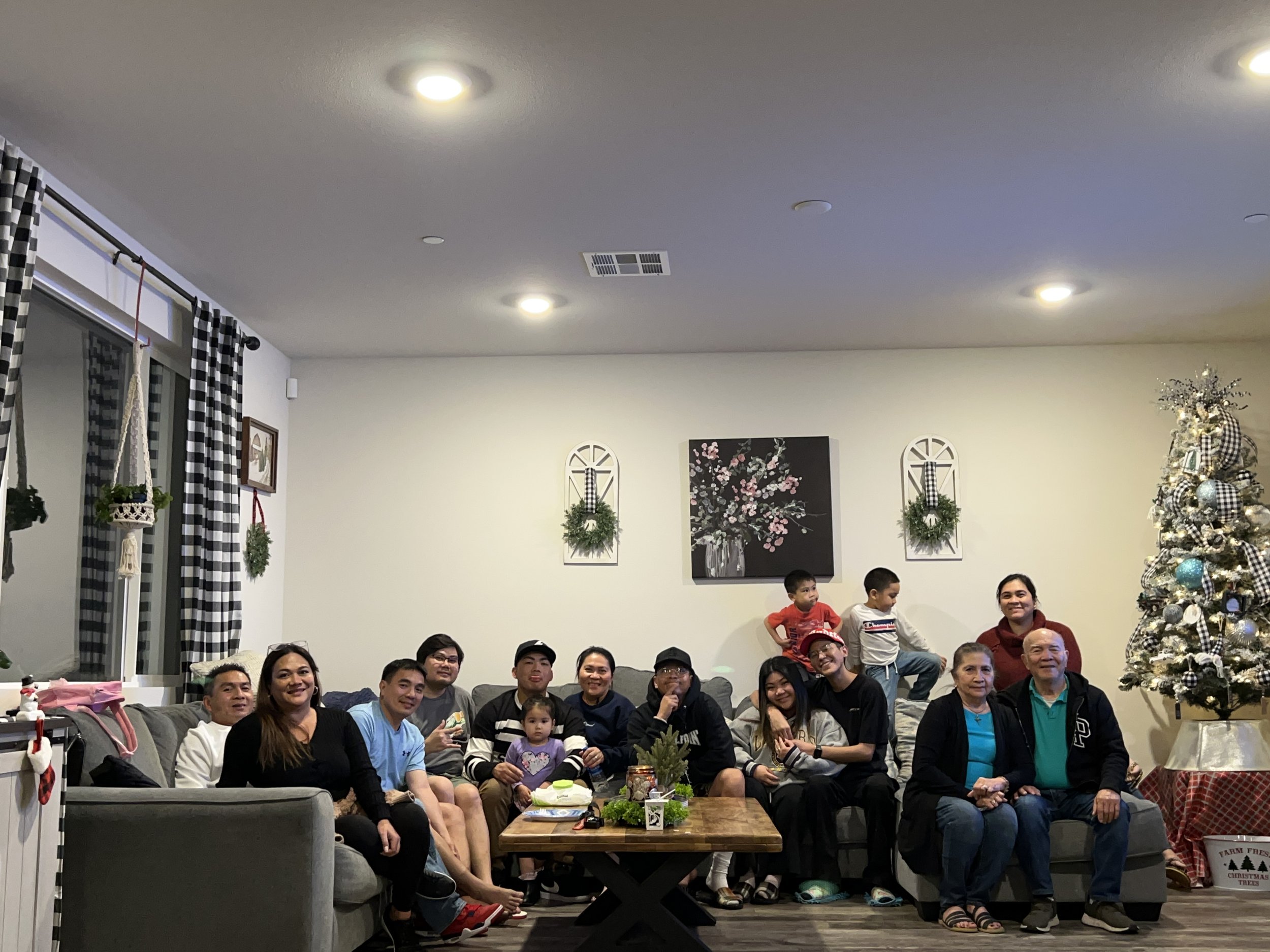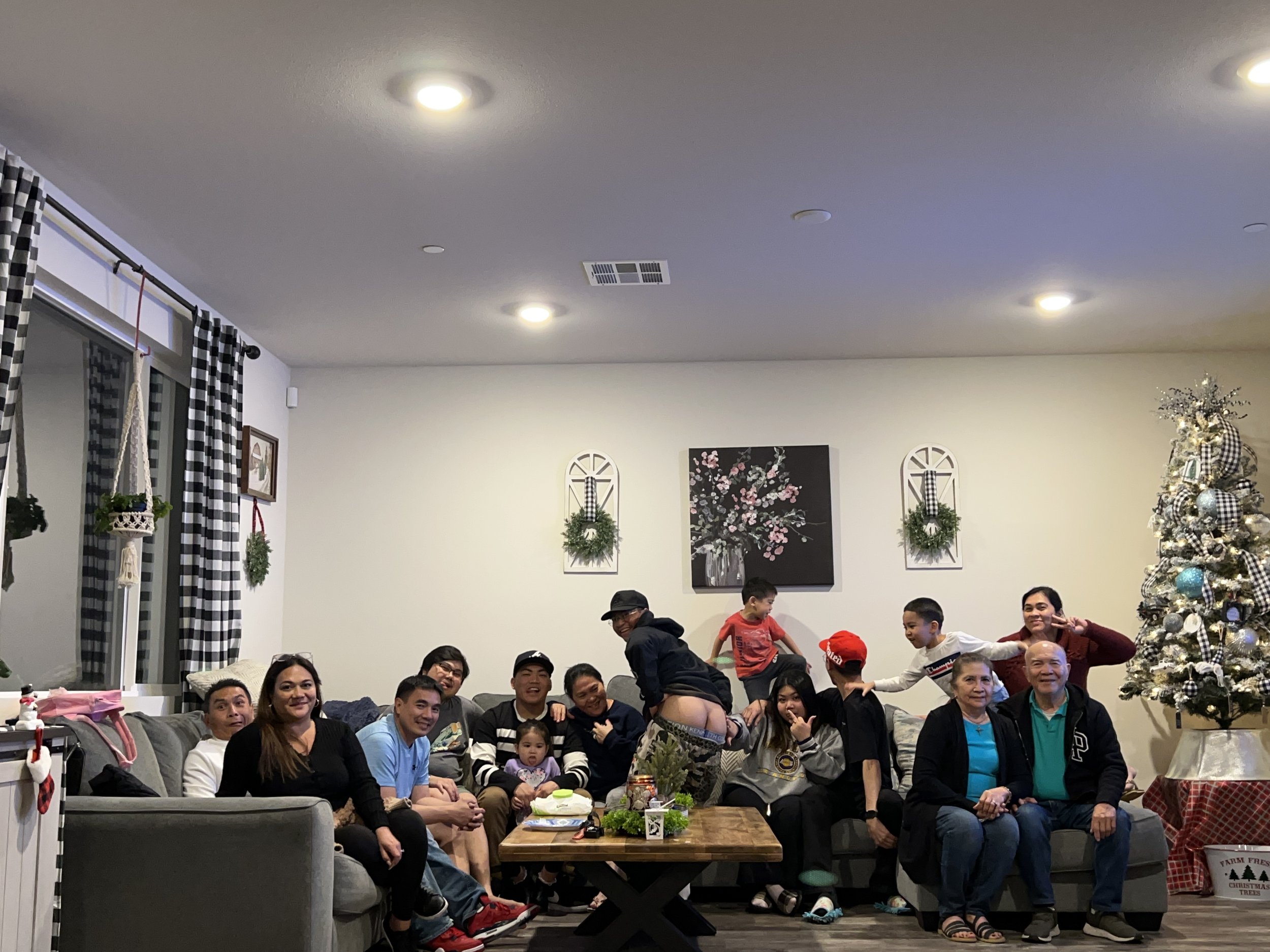The Power We Give to Objects is Really Inside Us
As we declutter, it’s amazing to ask exactly why we acquired all this stuff, and why we hold on to it with attachment.
And then we realize how much power we give to all these objects.
Imagine what would happen if we could realize that the power isn’t outside of us, but is in us all along.
Some common cases:
Security: Buying a lot of stuff makes a lot of people feel secure. If everything crashes, at least we have all this stuff, right? This is the idea that my grandparents’ generation, who were raised in the Great Depression, once had. But while I’m all for having an emergency fund savings account for security, possessions the best way to get security. Actually, security is within: being mindful of fear and meditating on it without being reactive to it, learning skills and developing options so that we can survive in many situations, staying lean so we aren’t deeply in debt or overburdened with bills, and in the end, developing the trust that we’ll be OK just as we are.
Approval: Lots of us try to buy nice things to impress other people — we don’t usually admit that to ourselves, but in the end, we want the approval of others. Maybe you buy a nice house with beautiful furniture, maybe it’s a hip old-school record player or an impressive sound system, maybe it’s a huge TV or the latest gadgets, maybe it’s minimalism that is more minimal than anyone else. In the end, it’s all about wanting others to approve. What if we just approved ourselves? Easier said than done, but the power to approve us is within us, if we stop looking for outside approval. Declutter to take care of yourself, for your own personal growth, not to get the approval of others. Do good things for yourself, and start to love yourself exactly as you are.
Comfort: Just the act of buying things can be a way of comforting ourselves, like eating comfort food when we’re stressed. But lots of times, we buy possessions to give ourselves comfort: a nicer mattress or sofa, a plush carpet or convenient kitchen gadgets. There is nothing wrong with these things, but it’s also useful to note that we’re giving these things the power to comfort us. Instead, we might realize that we have the power to comfort ourselves from within: by meditating, by going for a walk in nature, by giving ourselves love, by resting when we’re tired or stressed, by creating and finding joy in living, by loving others and loving life.
Identity & value: Possessions can often give us a sense of identity and value — a trophy makes us feel accomplished, having nice ski equipment or a surfboard makes us feel outdoorsy, having lots of books can make us feel smart or intellectually accomplished. But the truth is, the way we feel about ourselves doesn’t really come from the objects — it’s an internal process, all coming from within. Want to feel amazing? Appreciate the amazingness that’s already within you. Demonstrate it to yourself daily with 20 minutes of meditation and 100 pushups. Even just watching your mind, you can find an sense of awe about yourself!
Memories and love: We can’t bear to get rid of things because they represent amazing memories, and the love of the people who gave them to us. But the memories aren’t in the objects! They’re in our heads, and a simple digital photo can remind us of the memories, especially if we remind ourselves to browse through the digital photo album regularly. And the love from these people aren’t in the objects! It’s in our hearts. We only need to feel that love from within, and no object can actually give us that.
Hope and aspiration: We hold onto exercise or sports equipment we never use because we have hopes that we’ll do them in the future. We hold onto 100 books because we have aspirations to read them in the future. There are dozens of objects in our lives that represent our hopes and aspirations for ourselves. But what if we realized that we don’t need all of those hopes for our future selves? That we have greatness in us, right now, without needing to do any of that? We are exactly enough, right this moment, and while sure, it’s possible we’ll do some of that later, we don’t need it. We can let go of it. And just be content right now. Leaving open incredible possibilities for the future, but being realistic that we’ll only be able to focus on what’s truly important in the near future.
Happiness: In the end, most of the objects are intended to give us happiness — a new smoothie blender will make us healthy and fit, a new outfit will make us feel gorgeous and confident, a new bag will make us feel cooler, a new book will give us joy or insight. Those things might happen. But the happiness that results doesn’t really come from the things. It comes from our own connection to our loving, open hearts. The stuff might facilitate that, but mostly it’s just getting in the way.
There is some great power in realizing the things we think our objects do for us. And there is even more incredible power in realizing that we have that power inside us, no objects required.
Knowing that, we can let go of anything not giving us true utility.
Living Life in Alignment with What’s Important, with Intention
One of the magical things about decluttering is that it forces you to ask a wonderful question:
What is important to me in my life?
As you tackle a pile of clothes, a cluttered countertop, a shelf overflowing with books, there’s no way to get rid of clutter without answering that question.
To toss anything out, you have to consider what you feel is essential, and what isn’t.
Simplicity is simply identifying what’s essential, and letting go of the rest.
When you start decluttering, you might not really know what’s important. You look at some clothes and decide that you have’t worn something in a couple years, so probably it’s not that important, right?
But as you peel back the first layer or two, you start hitting against a harder layer. Is this something I should keep or not? Does it really matter to me? What do I consider important in my life? What kind of life do I want to live? What do I truly value?
For me, this has started to boil down to a few key things. What I value the most:
Meaningful work: helping people push into the uncertainty to certainty of their missions and their own meaningful work, shifting their habitual patterns using mindfulness techniques. This is what I care deeply about.
Loved ones: my family. Spending quality time with them, loving them.
Living a mindful, active, and a life with compassion. It means being compassionate as much as I’m able. It means growing, evolving, loving.
That’s all that matters to me. I like to travel, but it’s no longer one of my top priorities unless it’s in service of one of the above priorities. I like to read, but unless it serves something above, it’s taken a bit of a back seat (I still love it!). I love good films, television, music, self development audios, and art. I feel it’s important to understand your deepest issues that affect us you the most. But for me, I have evolved my priorities into those items above. In short, my deepest priority is loving me and giving unconditional love to others.
But those are just my answers. You’ll find yours, as you continue this inquiry into what’s important.
When you start to figure that out, something awesome happens: you start to live in alignment with those priorities. You start to live your values. You start to live consciously, with intention.
When you start to uncover your priorities … then you can start to let go of everything that doesn’t serve those priorities. What’s clutter becomes clearer, and it becomes easier to let go of these.
You can start your days with intention. Who will you serve? What priorities will you hold in front of yourself? How will you show up? How fully can you love?
- AG

